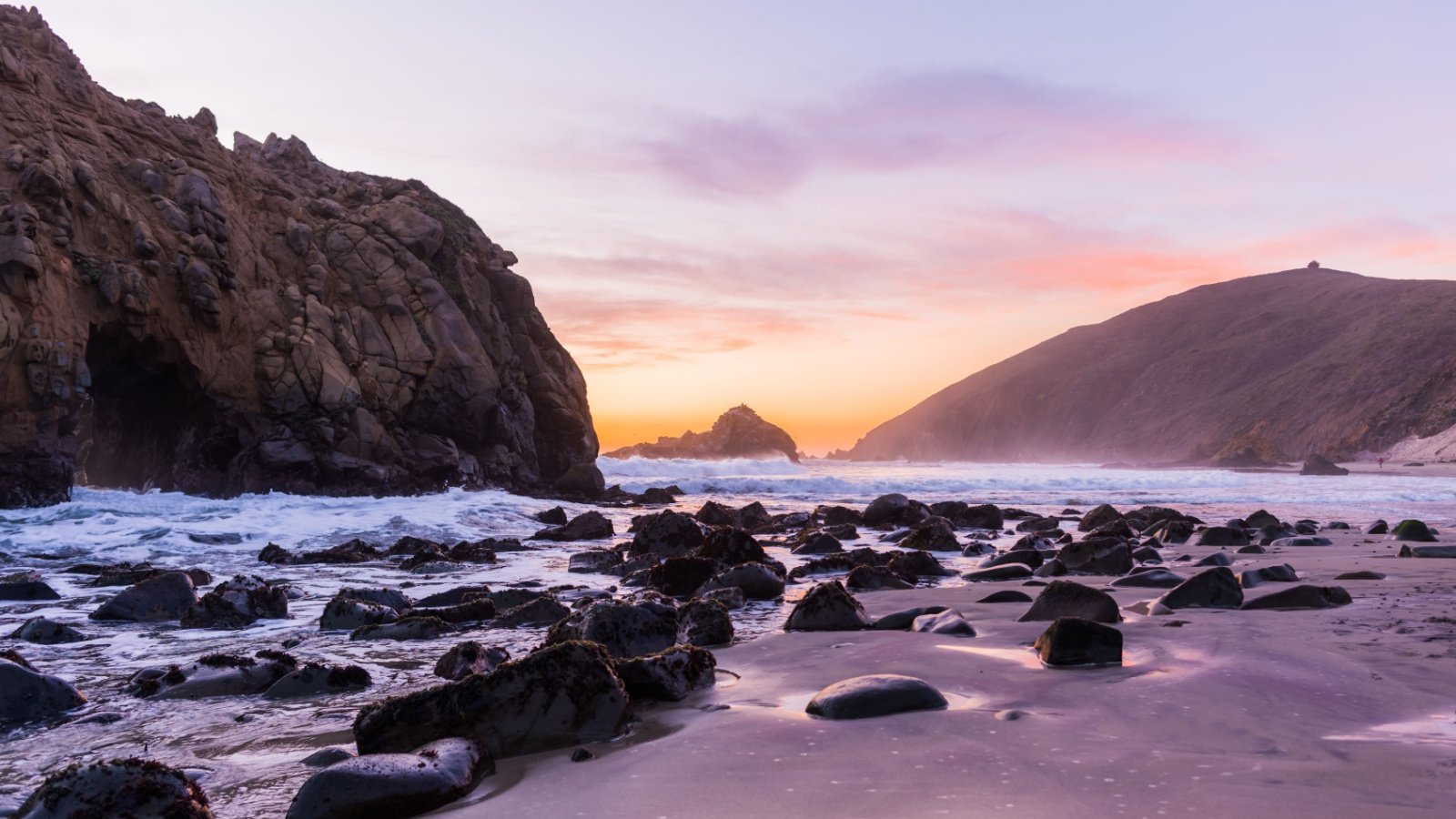When you picture the beach, do you think of the fresh ocean breeze, the gentle roar of waves lapping at the sand, the feel of the sun on your skin? But what about the hungry sharks, lethal jellyfish, and rip currents beneath the glistening surface? Here, we explore the most dangerous beaches on earth that you wouldn’t want to visit.
Cape Tribulation
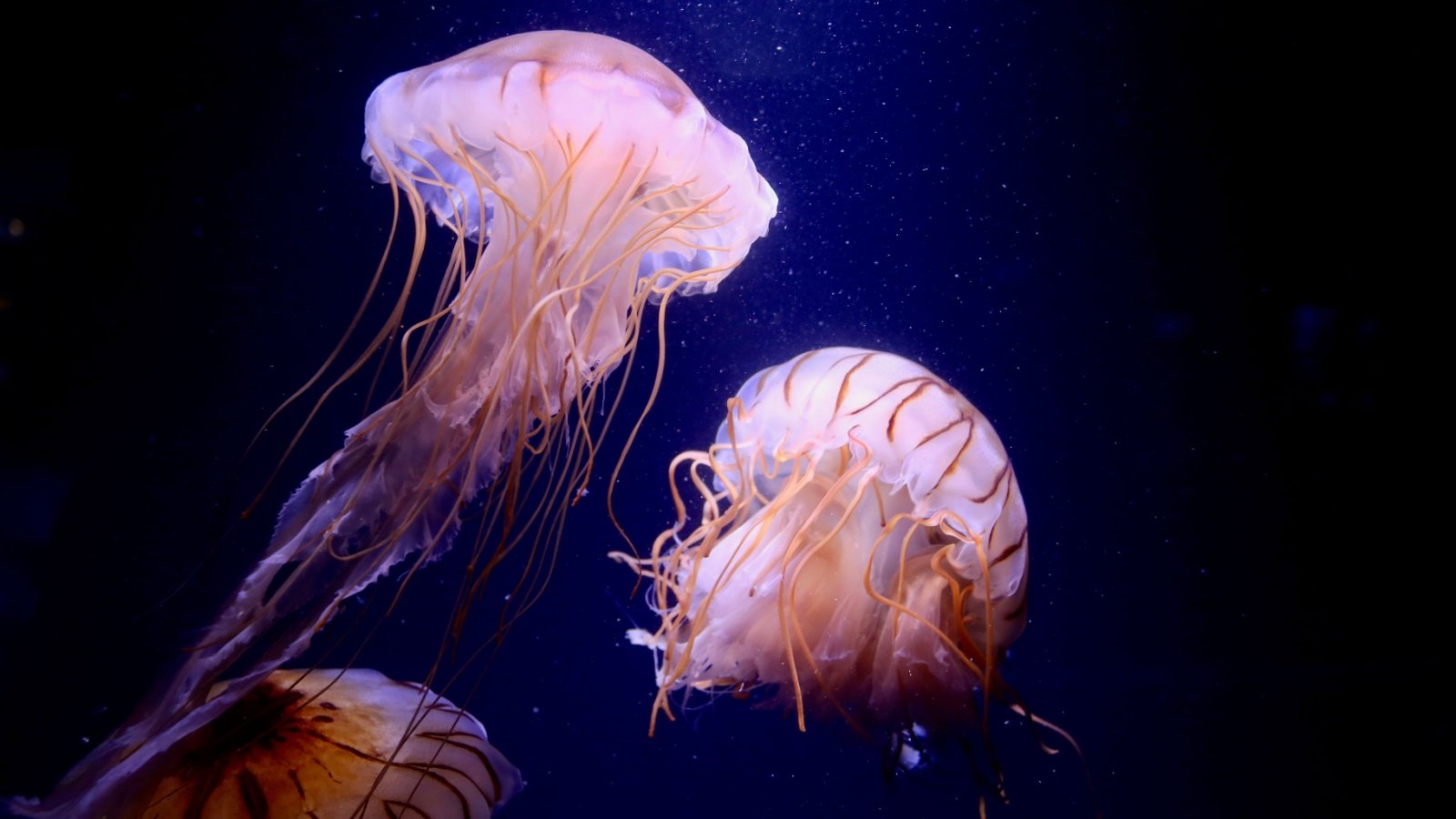
Located in Queensland, Cape Tribulation is infamous for its deadly jellyfish. These waters are often swarmed by box jellyfish, particularly from October to May, whose stings can kill within minutes. The beach also plays host to crocodiles and venomous snakes.
Hanakapiai Beach
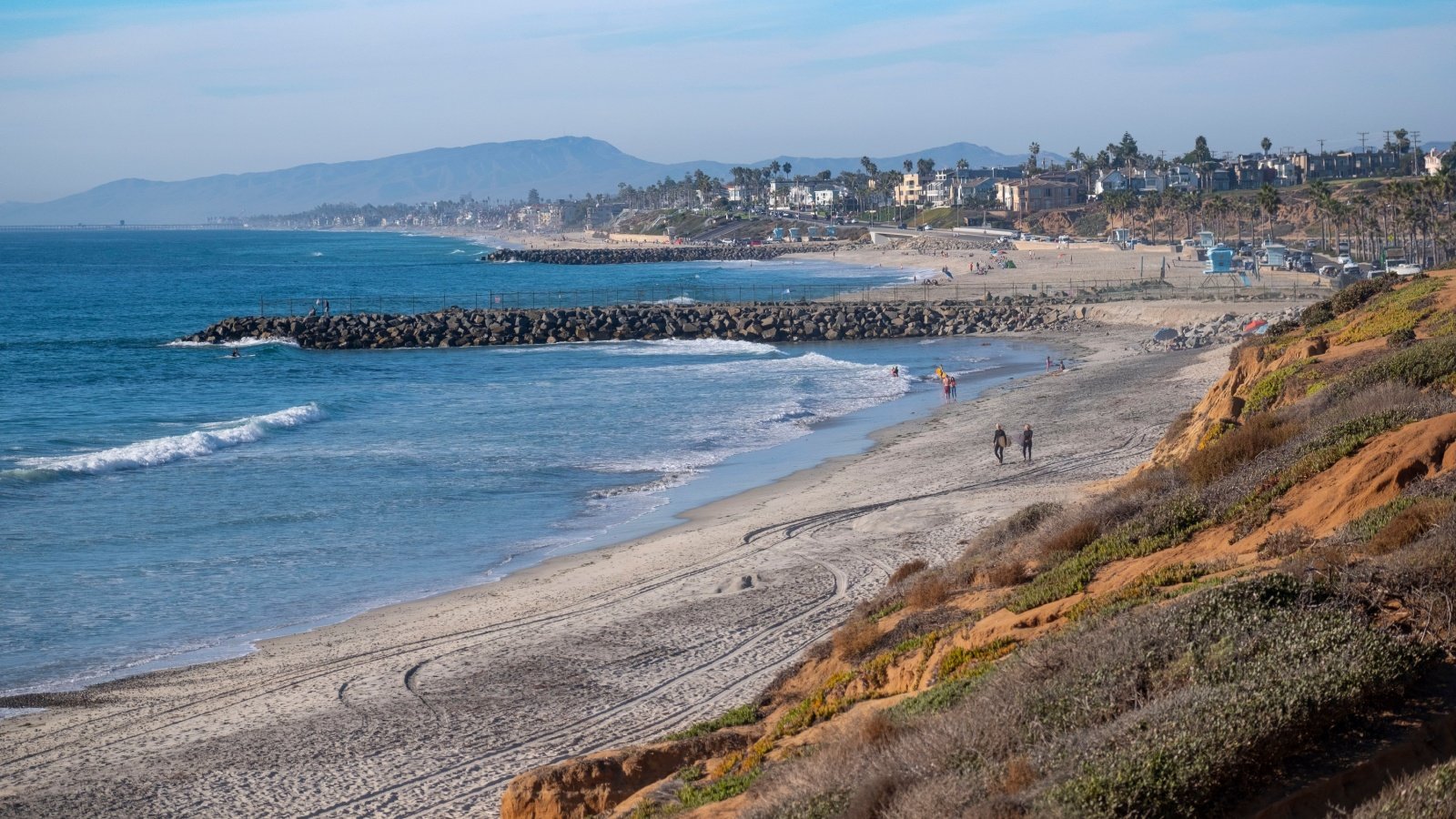
Hanakapiai Beach, set on the picturesque Napali Coast, boasts strong rip currents that can sweep even the strongest swimmers out to sea in minutes. The beach lacks any significant reef barrier to temper the fierce waves of the Pacific. Tragically, over 80 visitors have been claimed by these treacherous waters, with signs nearby displaying the toll.
Gansbaai
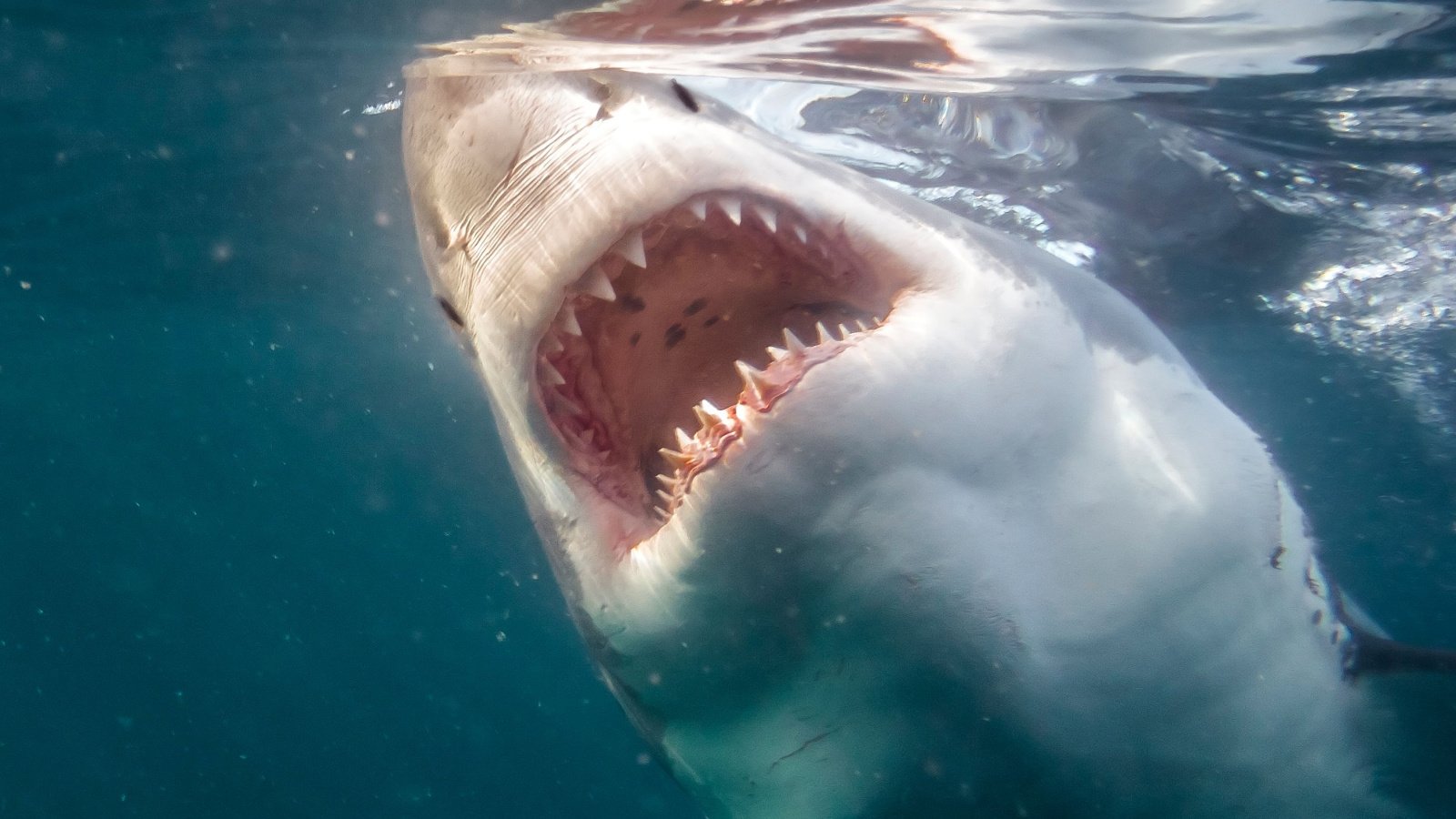
Known as the “Great White Shark Capital of the World,” Gansbaai offers thrilling cage diving with sharks. These predators are drawn here by the nearby seal colonies, making the waters extremely dangerous for casual swimmers. Tourists flock here for the adrenaline rush.
Playa Zipolite

Dubbed “The Beach of the Dead,” Playa Zipolite is notorious for its powerful undertow. Lifeguards are a recent addition here, following numerous drownings over the years. The beach’s bohemian charm attracts many, but visitors are warned to heed the strong currents.
Fraser Island
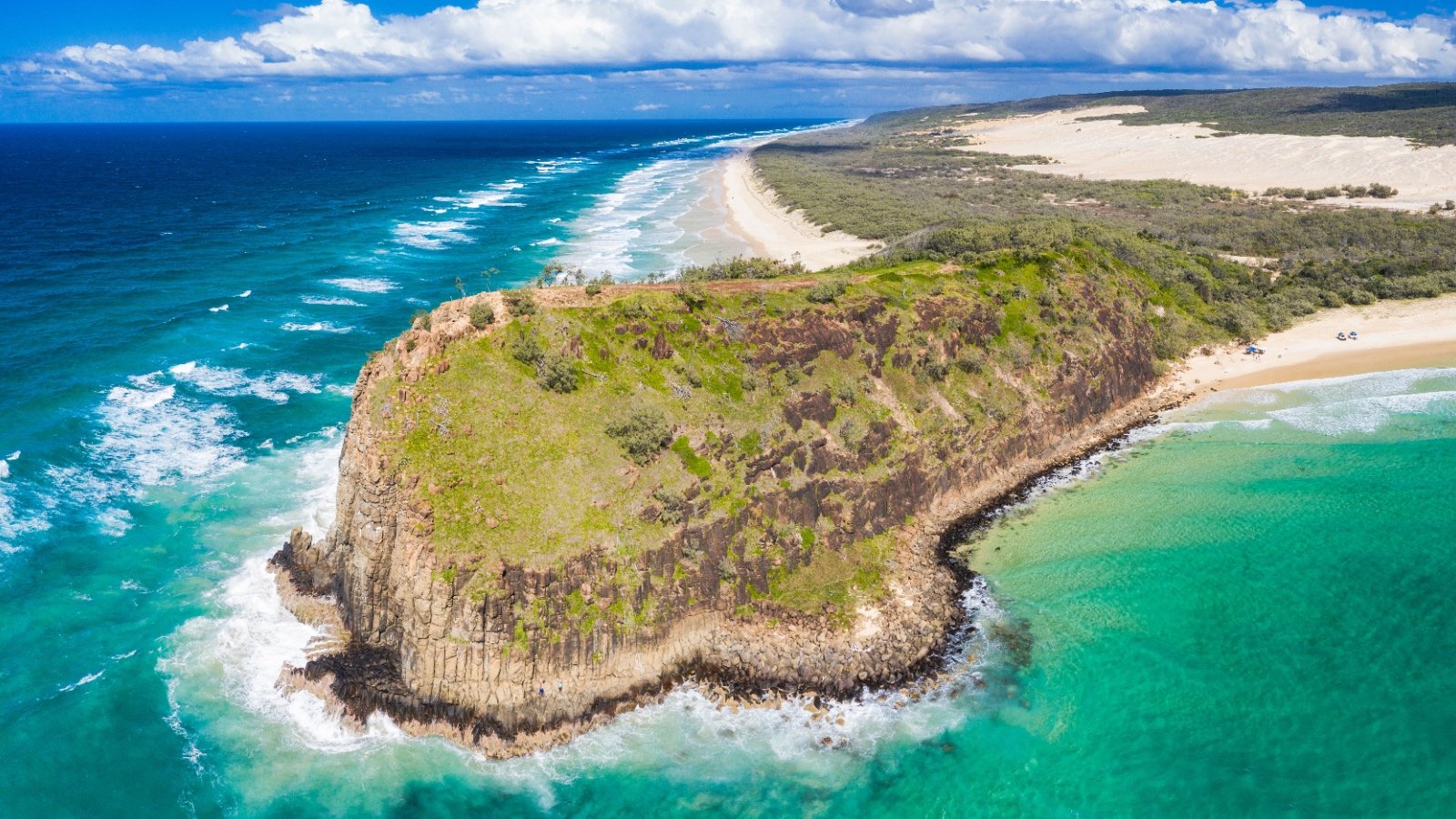
Fraser Island is not only the world’s largest sand island but also a habitat for some of the most aggressive dingoes. These wild dogs have attacked humans, particularly children, prompting stringent safety guidelines from authorities. The island’s rough surf and sharks add an extra layer of danger to its breathtaking scenery.
New Smyrna

This beach is often referred to as the shark attack capital of the world, due to its high incidence of shark bites. Surfers frequently encounter these predators, which are attracted by the abundant baitfish in the water. Despite the risks, New Smyrna, Florida, remains a top destination for surfers.
Shenzhen, China

Shenzhen’s beaches are infamous for their pollution levels, often making swimming a hazardous activity. Industrial waste and urban runoff contribute to water quality issues, posing serious health risks. Despite clean-up efforts, the beaches here continue to suffer.
Northern Territory

Home to the lethal box jellyfish, these beaches are among the most dangerous in Australia from October to May. Their venom can cause fatal heart complications within minutes, emphasizing the need for jellyfish nets and protective wear.
Volusia County
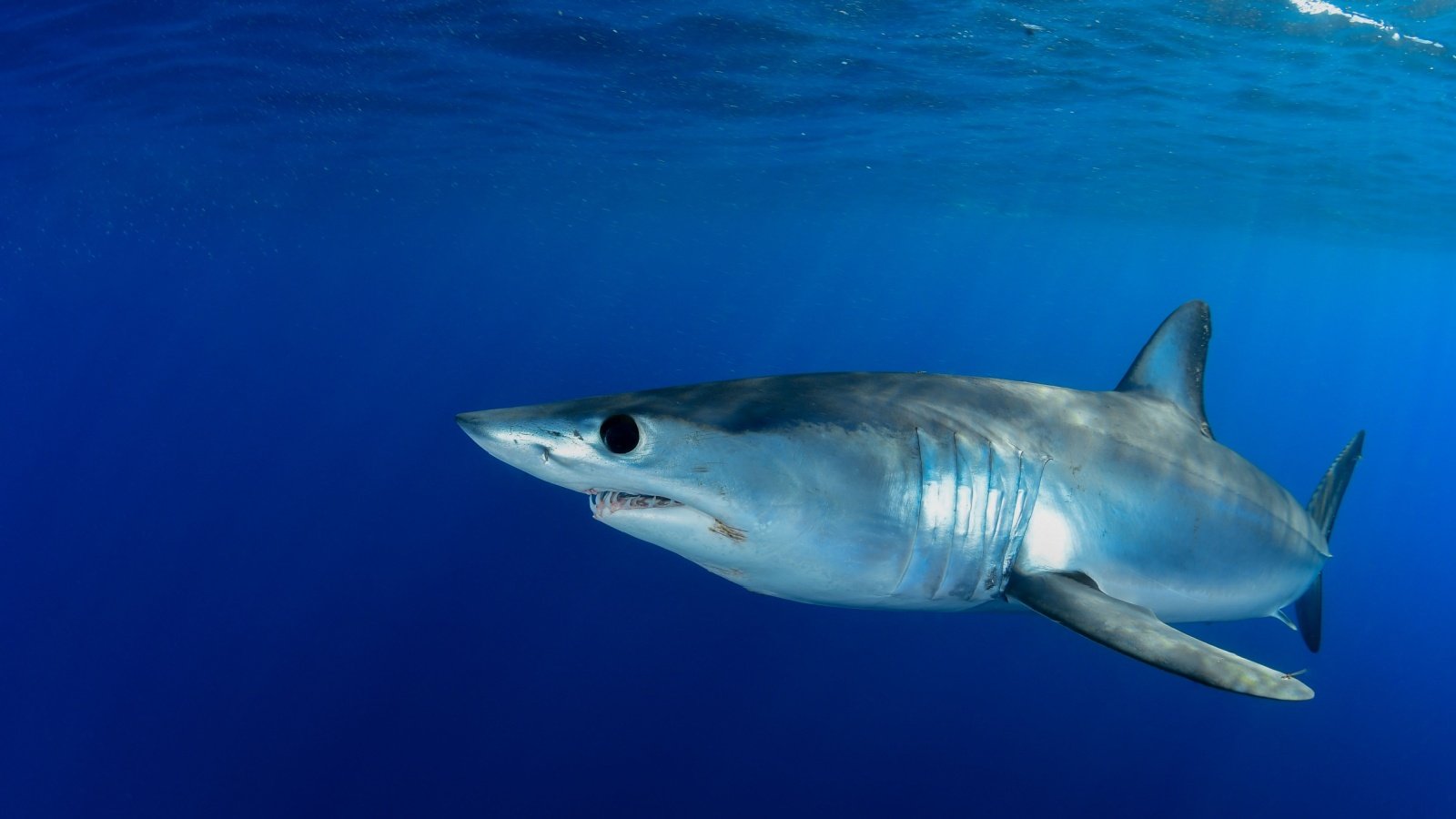
Volusia County, Florida, is notorious for its frequent shark encounters, leading the world in shark bites. The shallow and murky waters here make it difficult for swimmers to see approaching sharks. Local authorities continue to advise swimmers to stay vigilant.
Chowpatty Beach
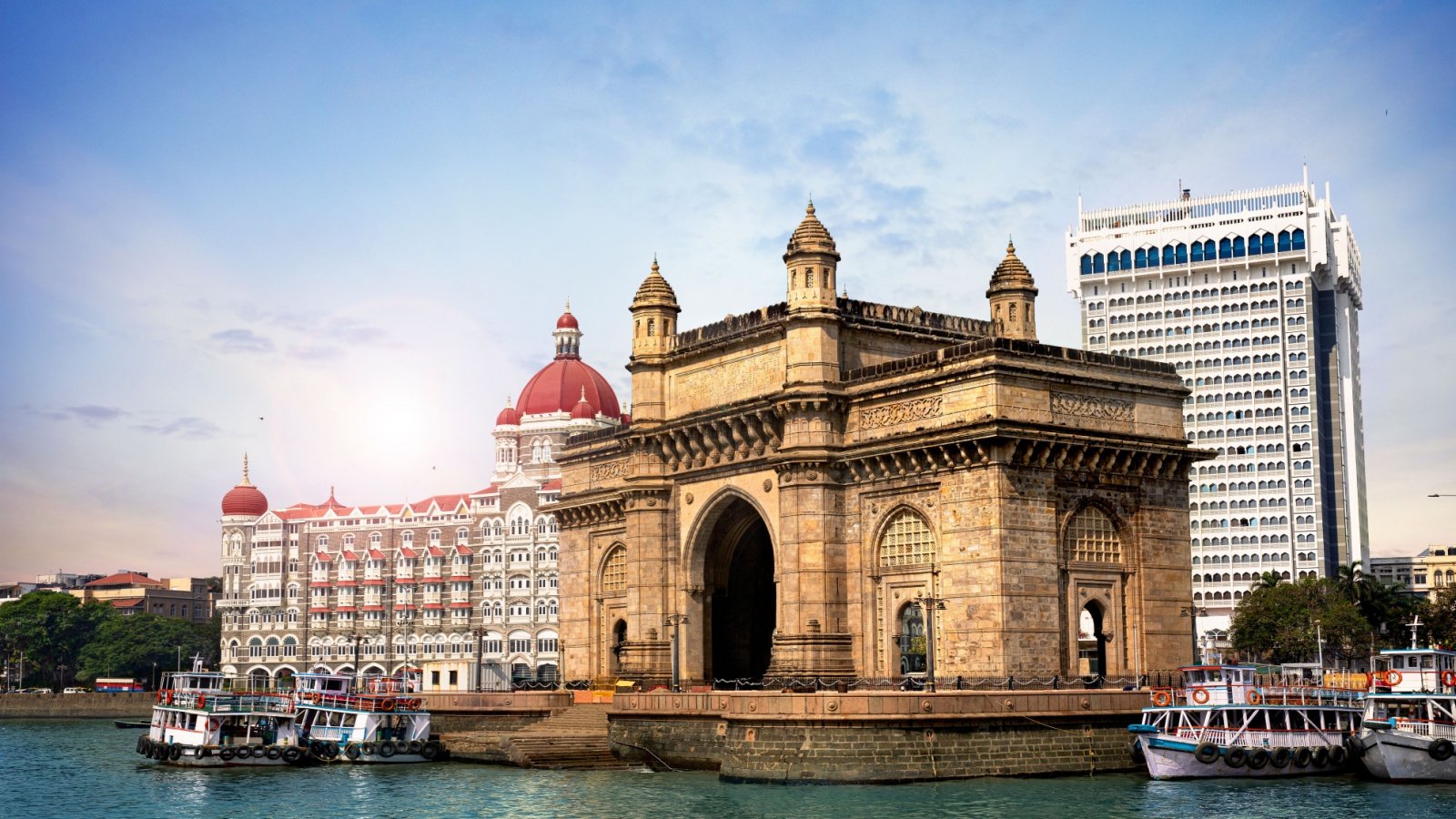
Situated in Mumbai, Chowpatty Beach is known more for its spectacular Ganesh Chaturthi celebrations than for being a swimmer’s haven. The beach suffers from high pollution levels, with water tests often revealing alarming contamination.
Skeleton Coast
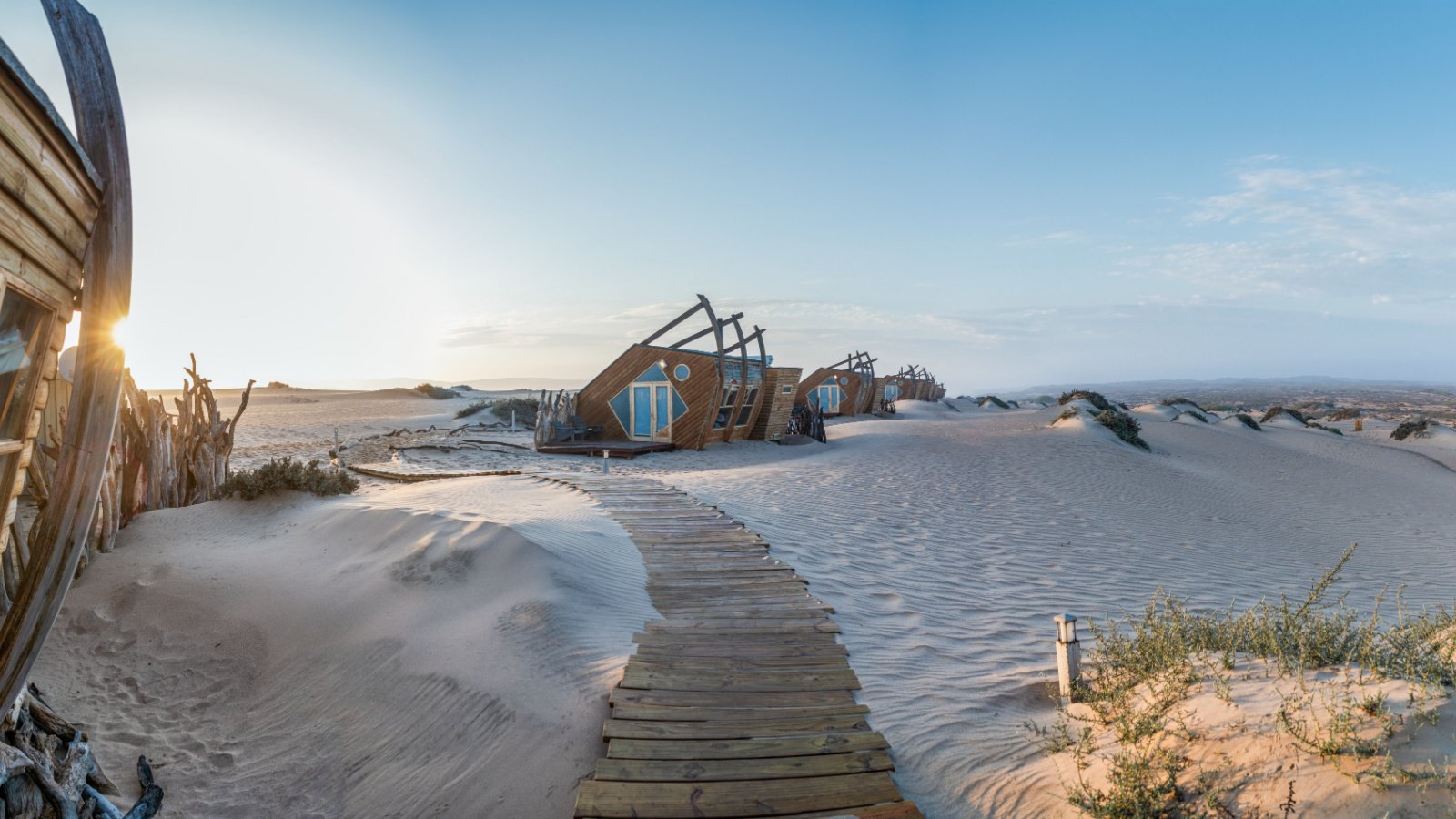
The foreboding name of Skeleton Coast hints at its perilous nature, with numerous shipwrecks lining its shores. Thick fogs and strong currents create treacherous conditions for ships and small boats. This desert coastline is also home to lions and hyenas.
Brazil
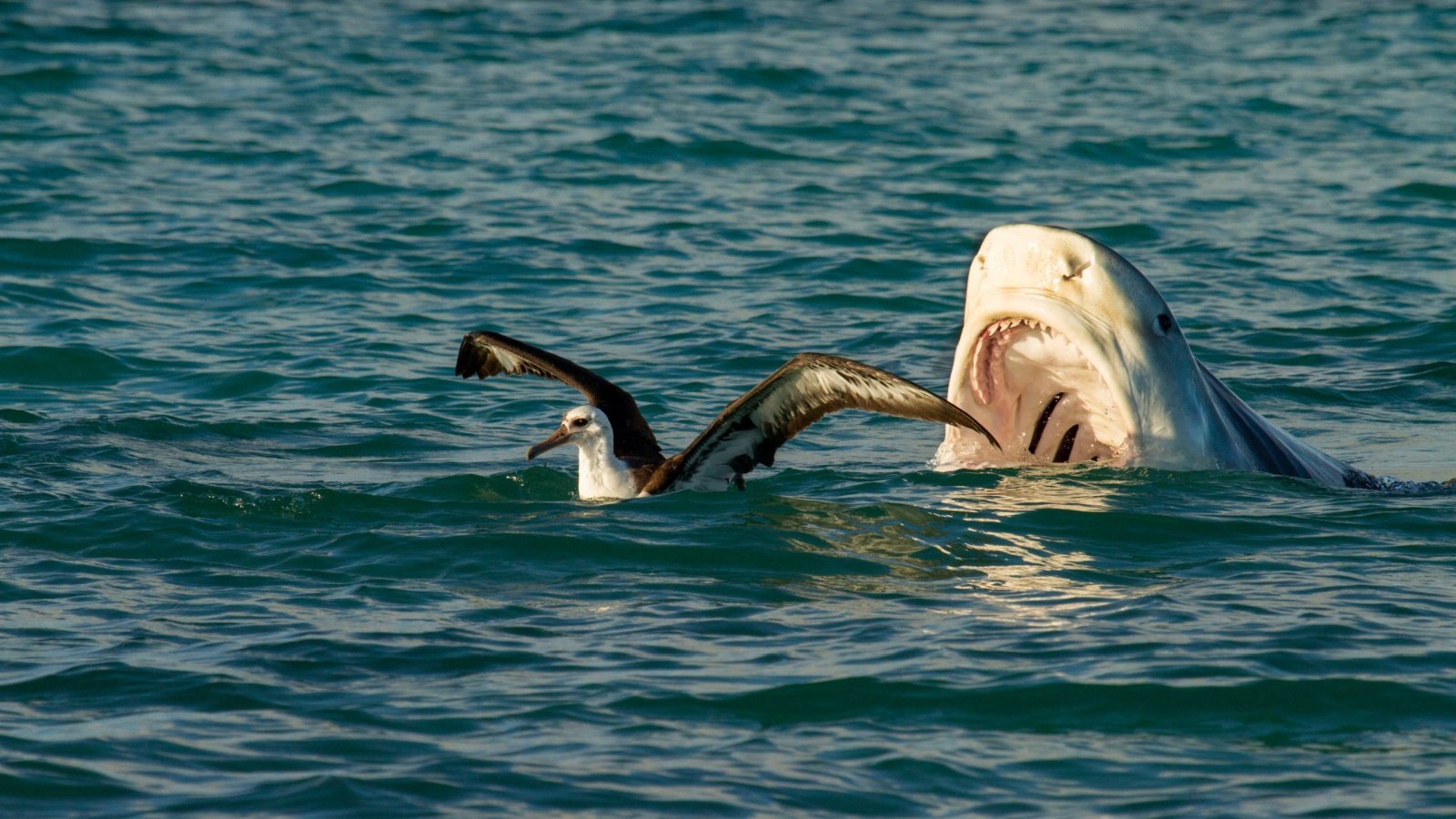
Located in Recife, Praia De Boa Viagem is notorious for shark attacks, particularly involving bull sharks. Since 1992, over 50 attacks have been recorded, a number of which were fatal. Despite nets installed to keep the sharks away, swimming here remains risky.
Kilauea, Hawaii
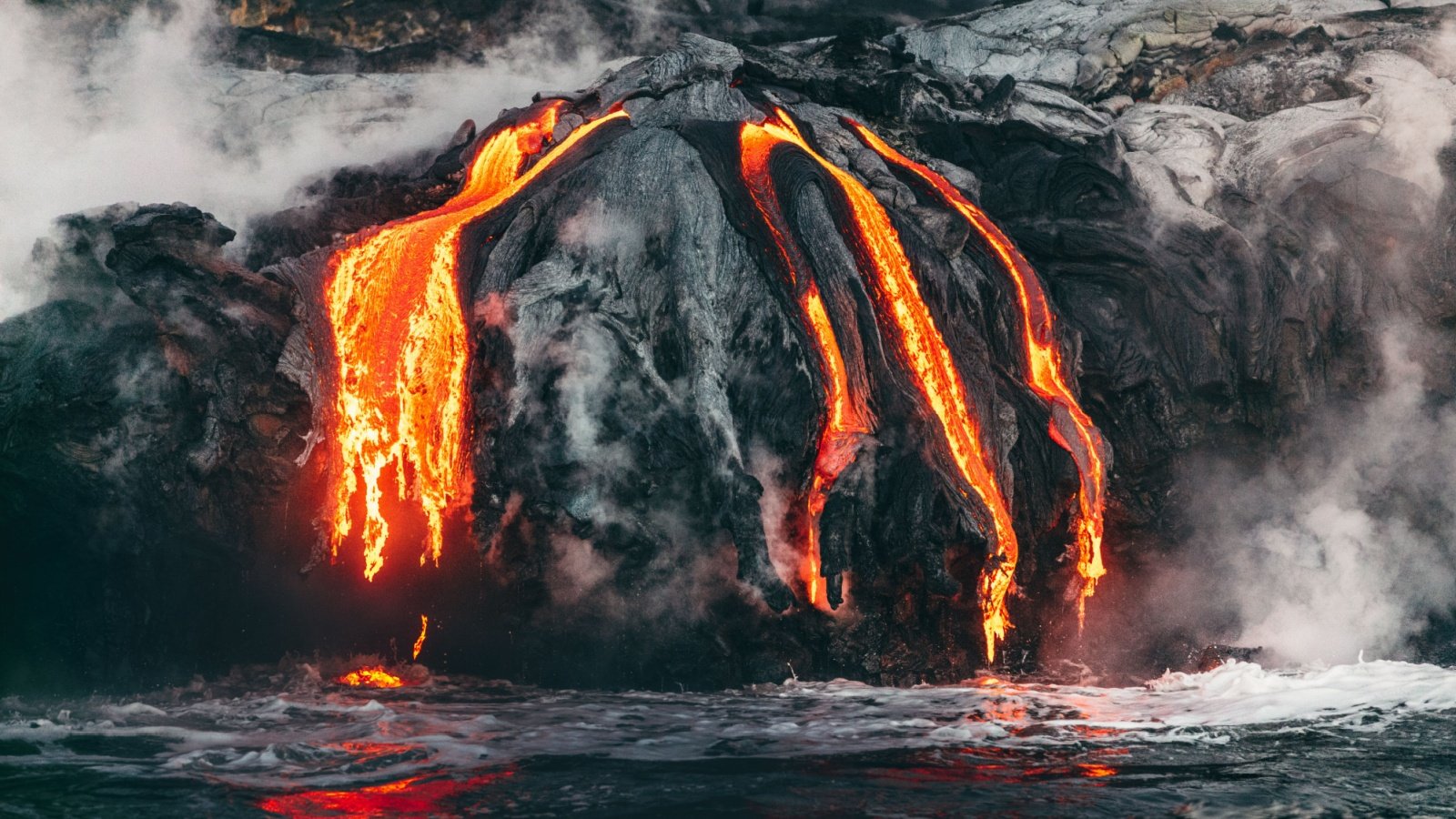
The beaches near the active Kilauea volcano are stunning but can be dangerous due to volcanic activity. Lava entering the ocean can cause explosive interactions, creating hazardous conditions. Visitors must always heed warnings of potential eruptions.
Acadia
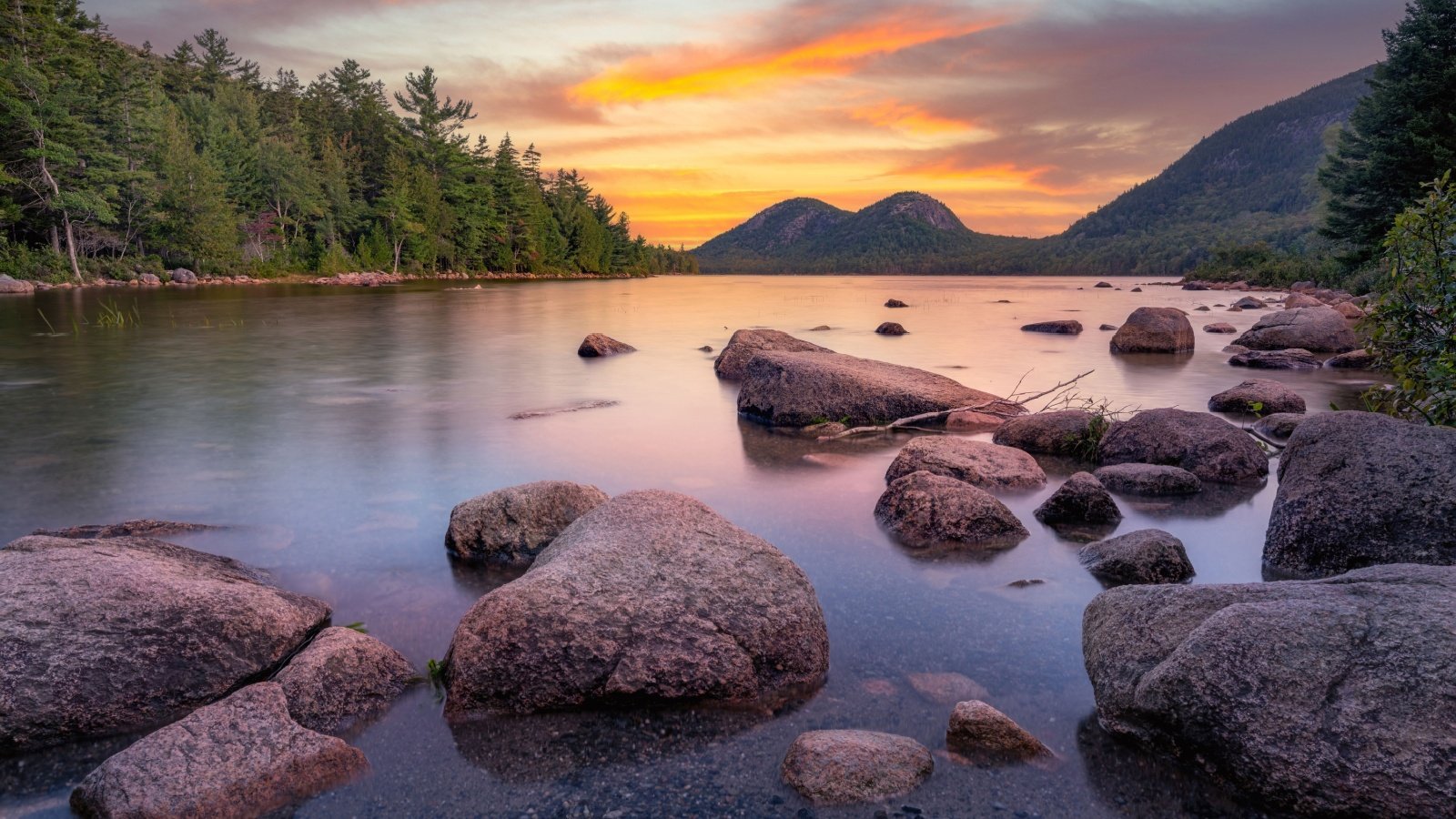
The beaches here are known for their cold and unpredictable waters, which can quickly cause hypothermia. Rugged coastal conditions and sudden fog can disorient swimmers and hikers alike. Despite its natural beauty, Acadia demands respect and preparation from its visitors.
Kamchatka Peninsula
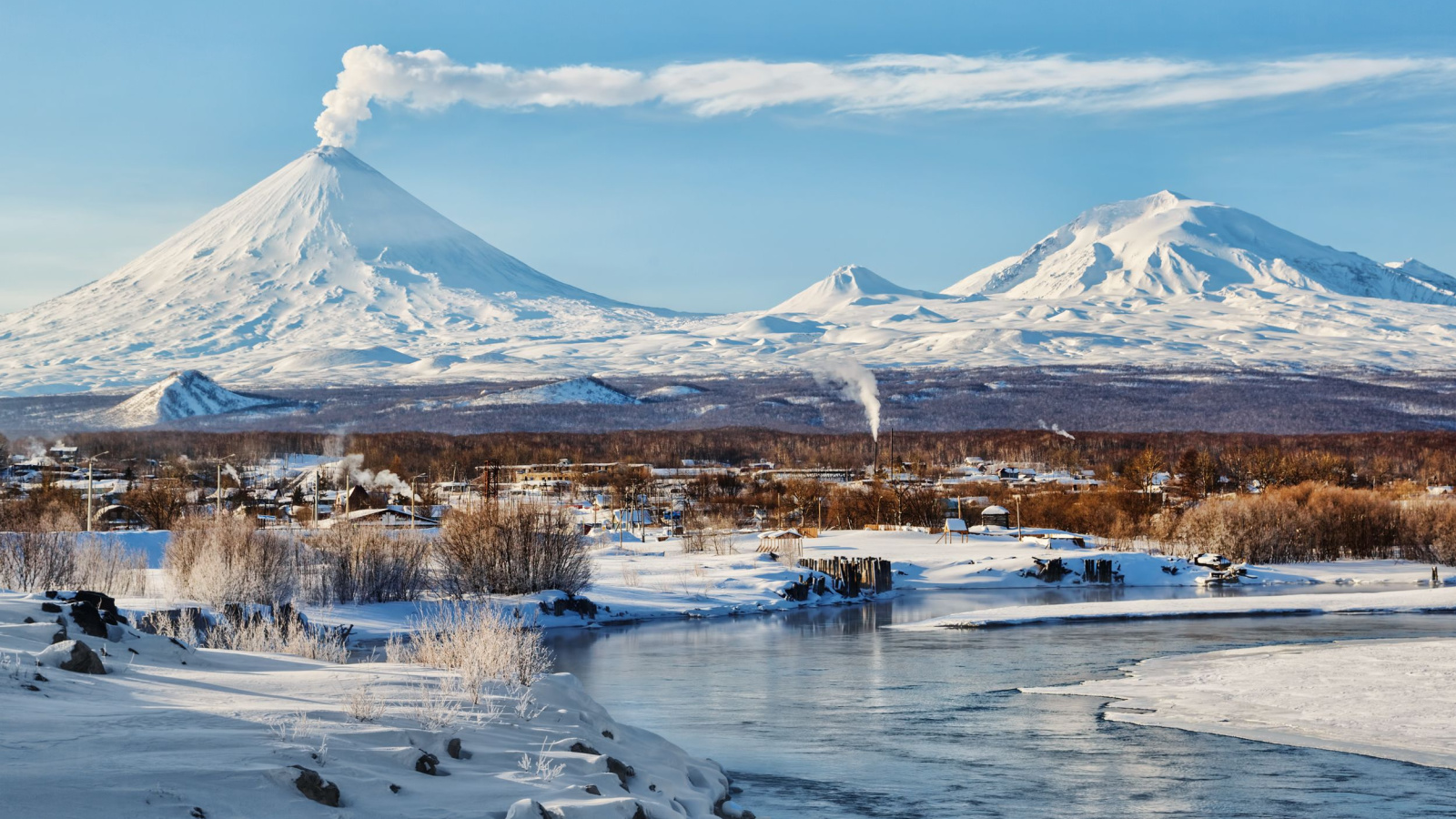
This remote location is famous for its volcanic activity and the presence of dangerous wildlife, including bears. The icy waters are home to various species of sharks, often overlooked by those drawn to the terrestrial threats. Adventurers must be prepared for both land and sea hazards.
Black Sands

Iceland’s black sand beaches, such as Reynisfjara, are stunning with their dramatic basalt formations and roaring Atlantic waves. The waves here can unexpectedly sweep people out to sea due to strong undercurrents. Visitors must keep a safe distance from the water.
Bikini Atoll
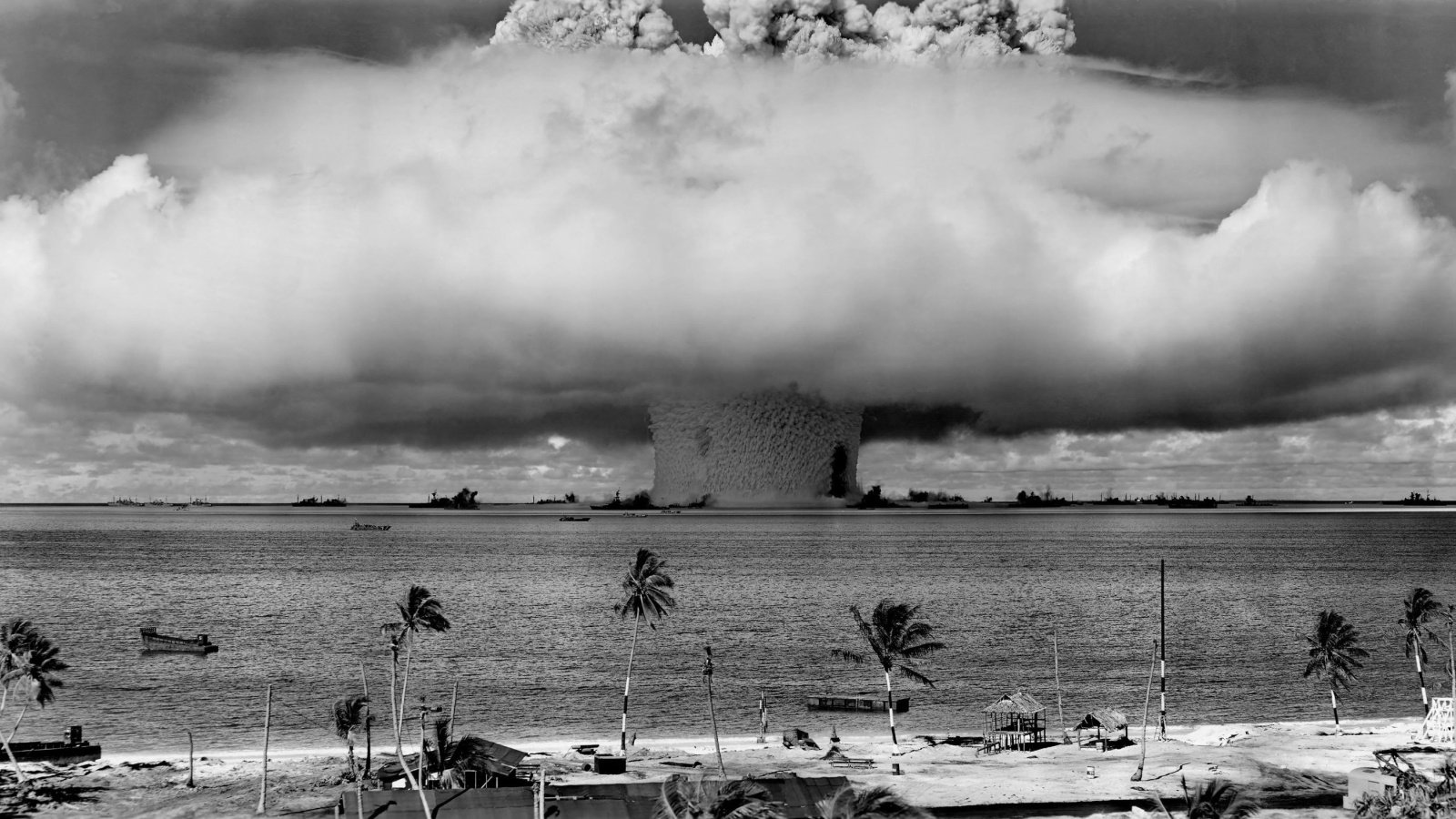
Once the site of nuclear testing, Bikini Atoll has a hauntingly beautiful but dangerous marine environment. Radiation levels have decreased, making visits possible, but long-term exposure risks remain. Divers explore the sunken shipwrecks with caution.
Surin Beach

Surin Beach, though popular among tourists for its white sands and crystal-clear waters, is also notorious for its rip currents. There have been several incidents where swimmers were pulled out to sea. Lifeguards are on duty, but the beach’s dangers are not to be underestimated.
Jeffreys Bay
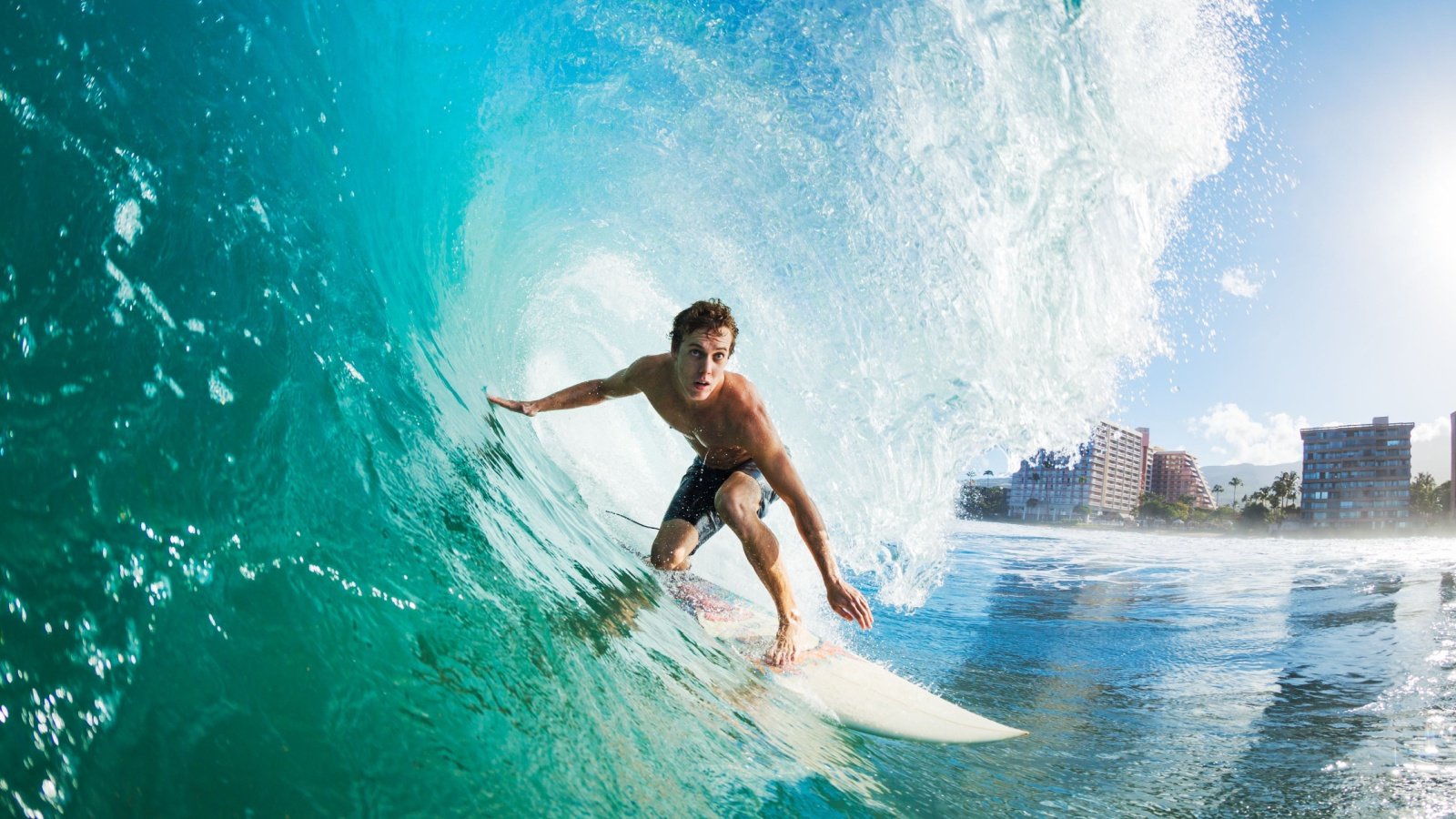
Famed as one of the world’s top surfing destinations, Jeffreys Bay is also known for the risk of shark encounters. The high waves and abundant marine life attract both surfers and sharks to its waters.
Amazon River

These beaches are unique for their seasonal appearance during the dry months, revealing sandy banks along the Amazon River. They are hazardous due to the presence of piranhas and anacondas. Visitors to these ephemeral beaches must be cautious of the wildlife.
Copacabana
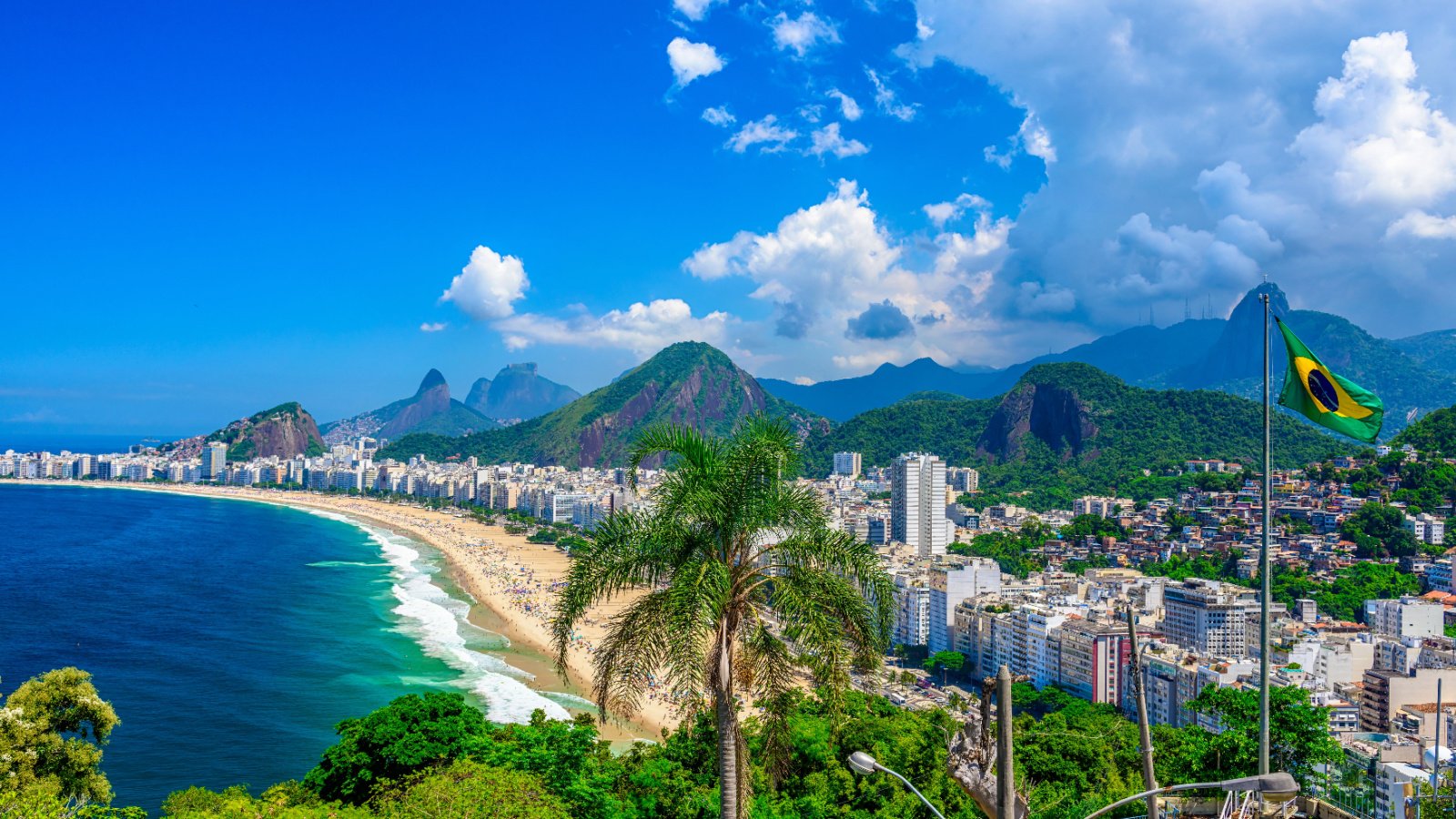
While famous for its vibrant atmosphere and beautiful sands, Copacabana Beach is also known for its high crime rate. Tourists are particularly targeted by thieves, especially at night. Police presence has increased, but visitors are advised to remain vigilant and secure their belongings.



